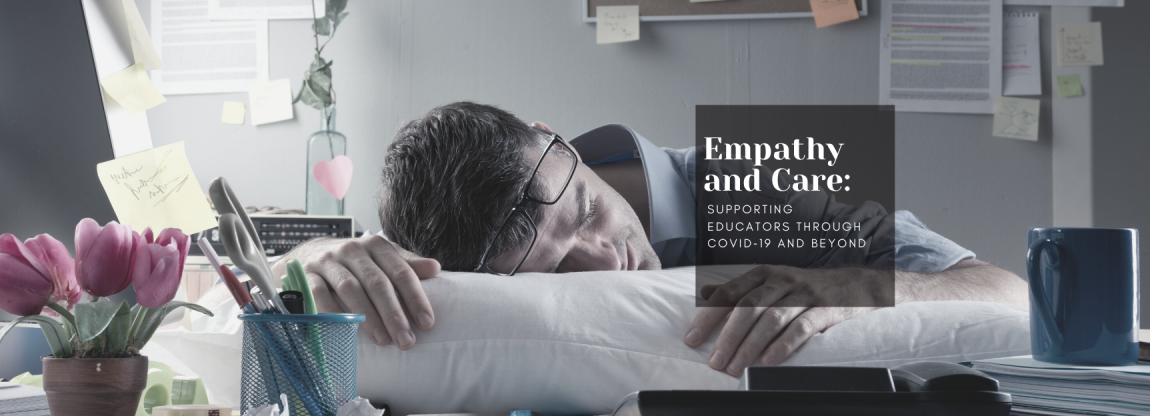Empathy and Care: Supporting Educators through COVID‐19 and Beyond
The past year has been a trying and difficult time for not just students and parents but also higher education professionals.
Faculty stress and burnout is real as shared by institutions globally. Teaching in a visual world is different with educators executing a multitude of tasks which ranges from learning new modes of teaching, supervising students 24/7 and managing their own household.
McGraw Hill recognizes the tremendous efforts and commitment to learning that educators have demonstrated over the past year. We would like to show our gratitude to all educators for stepping up.
How can the faculty members support one another as they face the challenges of teaching during a pandemic? We are delighted to have Nance Roy, Ed.D., Chief Clinical Officer from the Jed Foundation and Donna Vandergrift, Ph.D share the psychological and emotional impact of the pandemic on educators in this virtual event. Click on the video below to watch or send this link to share the recording of the webinar with your peers.
- Connect and collaborate to support each other Come up with creative solutions as a team to minimize workload. Focus on your strengths when learning new processes of teaching.
- Practise kindness towards others and yourself. Aim for progress not perfection.
- Prioritize well-being. Set realistic boundaries for yourself and your students. Take time off to reduce the effect of zoom fatigue.
- Reach out to your faculty administrators to see how they can support during this period and beyond.
As with all webinars, a Question-and-Answer session can be found at the start of 45 min mark. Topics asked include student communication and interaction during online classes and getting feedback from students. Our speakers suggest
- trying to create an environment where you greet each other at the start of the session.
- offering mini quizzes or assignments at regular intervals to encourage active participation and reduce fatigue.
Another common issue that educators face is getting students to turn on their video. While enabling videos is recommended, do be mindful that some students may not have the capacity to have their video on. They might be in an evironment that's not conducive or may be experiencing bandwith issues. To have a better understanding of the students experience in this new environment, educators can offer a short survey via google forms or any other online survey programs.
______________________________________________________________________________________________________________
Here are some useful resources for educators.
https://www.jedfoundation.org/covid-19-resource-guide-for-higher-education-professionals/
https://blogs.worldbank.org/education/supporting-teachers-during-covid-19-coronavirus-pandemic
https://pamojaeducation.com/wp-content/uploads/2020/08/Edtech_Report_August_2020___education_suppliers.pdf
https://blogs.worldbank.org/education/supporting-teachers-during-covid-19-coronavirus-pandemic
https://www.unicef.org/media/66146/file/COVID-19%20parenting%20tips.pdf
https://www.youtube.com/watch?v=w6vVXmwYvgs
https://www.nie.edu.sg/teacher-education/useful-resources-for-HBL-WFH-EdCo/education-related-covid-19-articles

